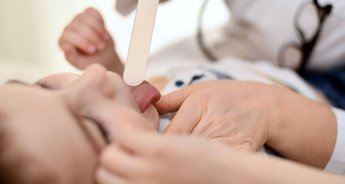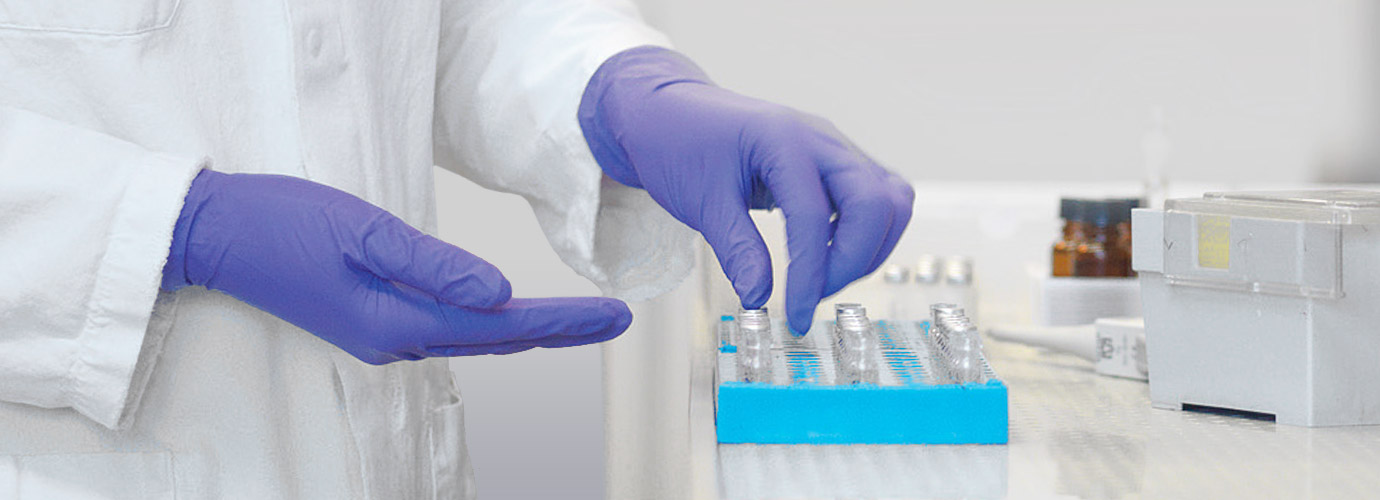Viral symptoms associated with Pharyngitis lower the statistical risk of a group A Streptococcus Infection

01.2021
Author Prof. J. Spranger, University Department of Pediatrics Mainz
The retrospective analysis of the electronic health records of 67,127 children and adolescents, whose chief complaint was a sore throat, led to the distinction of 2 subgroups: A) Patients with isolated pharyngitis and
B) Patients with additional symptoms commonly seen in viral infections, such as rhinitis, cough or hoarseness [1].
In 37.6% of the patients in cluster A), group A Streptococci were found. In cluster B), the frequency of Streptococcus positive tests was lower, falling to a minimum of 23.2% in patients with full-blown features of a viral illness. From the case histories of patients with multiple viral infection signs, an algorithm was developed to identify patients with very low probability of a streptococcal infection. Adolescents above the age of 11 without fever or exudates had a particularly low risk of a streptococcal infection. Cervical adenopathy was not a discriminating factor. The authors suggest that in such patients further diagnostic tests can be safely avoided. The recommendation is based on the fact that in this study only 15.6% of the low-risk patients had group B Streptococci in their throats, a prevalence below the carrier rate in asymptomatic individuals.
Reference: [1] Shapiro DJ, Barak-Corren Y, Neuman MI (2020) Identifying patients at lowest risk for streptococcal pharyngitis: A national validation study. J Pediatr. 220: 132-138.


